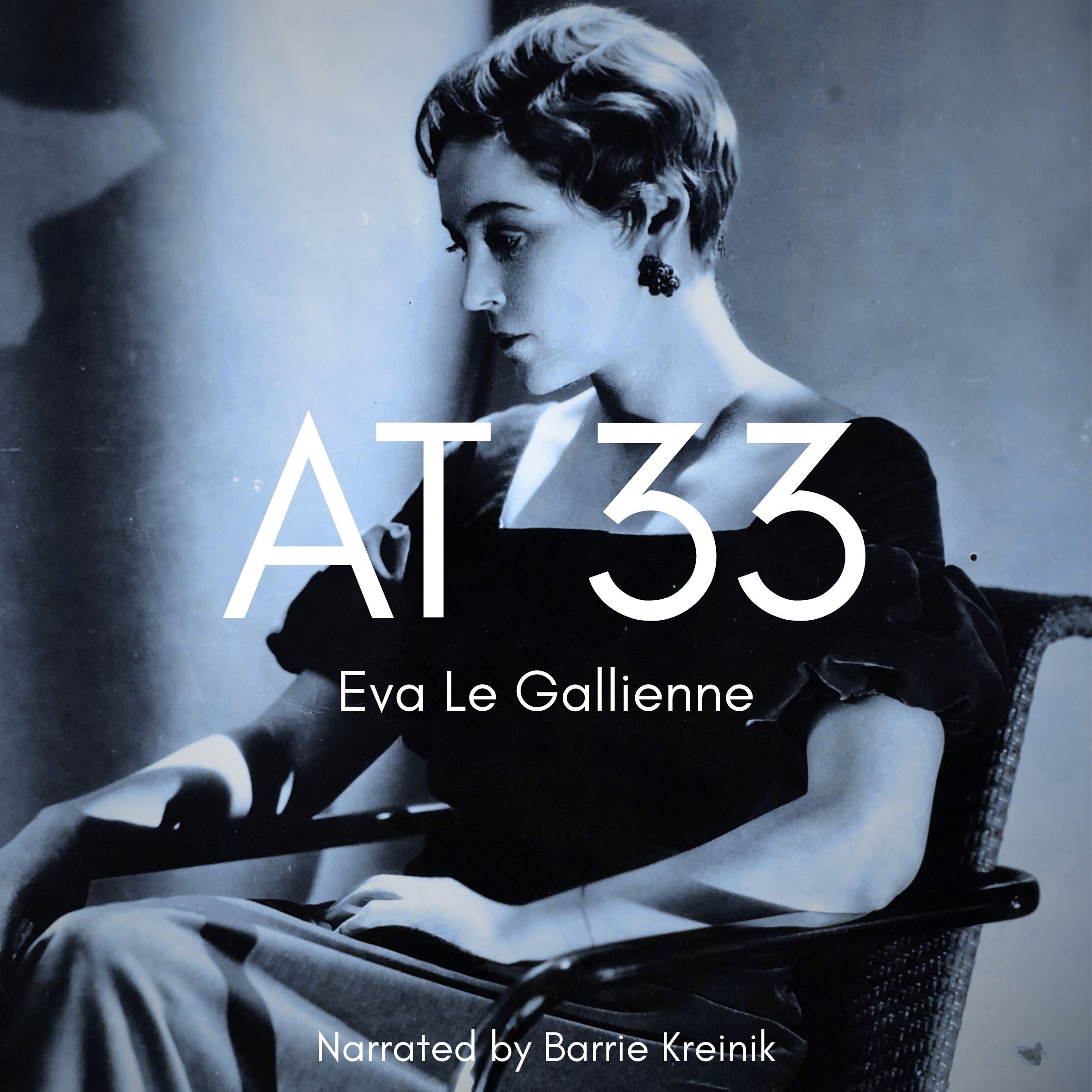Philippines 5
Listen to Philippines 5, a 25-year-old man from Quezon City, Philippines. Click or tap the triangle-shaped play button to hear the subject.
Both as a courtesy and to comply with copyright law, please remember to credit IDEA for direct or indirect use of samples. IDEA is a free resource; please consider supporting us.
BIOGRAPHICAL INFORMATION
AGE: 25
DATE OF BIRTH (DD/MM/YYYY): 05/06/1987
PLACE OF BIRTH: Quezon City, Philippines
GENDER: male
ETHNICITY: Filipino of Tagalog ancestry
OCCUPATION: architect
EDUCATION: college
AREAS OF RESIDENCE OUTSIDE REPRESENTATIVE REGION FOR LONGER THAN SIX MONTHS:
Subject worked in Saudi Arabia for eight months.
OTHER INFLUENCES ON SPEECH:
Subject spent high school and college in Manila and was exposed to Americanized accents of Philippine English.
The text used in our recordings of scripted speech can be found by clicking here.
RECORDED BY: Aldrin Fauni-Tanos
DATE OF RECORDING (DD/MM/YYYY): 15/05/2013
PHONETIC TRANSCRIPTION OF SCRIPTED SPEECH: N/A
TRANSCRIBED BY: N/A
DATE OF TRANSCRIPTION (DD/MM/YYYY): N/A
ORTHOGRAPHIC TRANSCRIPTION OF UNSCRIPTED SPEECH:
Good Morning! I was born in Quezon City. I didn’t really live there all my life. I was just … my mother just gave birth to me there. My first language was Tagalog. I also know how to speak English. I learned English from school, and, preschool. Um. I also learned English from watching TV shows and series, and movies. Uh. When I was a kid, I learned English from watching Sesame Street and the Muppet Show. In school, they taught us how to speak English. We have an English subject and we were forced to do homework, and they forced us to [pauses] speak in English and speak it with correct grammar and punctuation.
[Reads from Noli Me Tángere, a Filipino novel from 1887:] “Tatlóng araw ko nang hiníhintay mulâ sa iyó ang balità, kung nápatay mo o napatáy ka ng alperes. Ayaw kong makalagpás ang isáng araw na hindî napáparusáhan ang gagong iyán. Kapág natapos ang palugit na ibiníbigáy ko sa iyó at hindî mo pa hinahamon ang alperes na iyán, ay sasabihin ko kay Don Santiago ang sikreto mo.” [English translation: I have been waiting for three days for some news to arrive about you, if you have slain or if you were slain by the alperes*. I do not want for a day to pass by until that bastard has been punished. Should my extension end without you challenging that alperes [to a fight], I will reveal your secret to Don Santiago.] [*In José Rizal’s novel, the alperes are the chiefs of the Spanish Civil Guard.]TRANSCRIBED BY: Aldrin Fauni-Tanos
DATE OF TRANSCRIPTION (DD/MM/YYYY): 02/06/2013
PHONETIC TRANSCRIPTION OF UNSCRIPTED SPEECH: N/A
TRANSCRIBED BY: N/A
DATE OF TRANSCRIPTION (DD/MM/YYYY): N/A
SCHOLARLY COMMENTARY:
The subject was born in Quezon City [IPA: ‘kɛ.sɒn] but was raised in Cainta, Rizal [IPA: kɐ.ɪn.’tæʔ ɾɪ.’sæl]. His speech is more typical of the average Tagalog speaker of English: fewer vowel sounds are used and plosives are unaspirated. The subject speaks with a much broader Tagalog accent than what one would expect from someone educated in Manila, where Americanized accents are a strong influence to younger generations. In the interview, the subject recounts how he learned the technicalities of English from school, but the conversational skills from media.
The following sounds are noticeable:
- Subject has a slight lisp that makes his /s/ similar to /ʃ/ and uses an [r] that plays around a flap, a trill, and an alveolar approximant. This can be attributed to a liberal mixing (confusion?) of Spanish and American English pronunciation standards.
- His voiced [s] in words like “deserted” and “disease” are insufficiently voiced, lacking a distinction with the voiceless [s] (as the /z/ phoneme is absent in both Tagalog and Spanish). The subject, however, reads Quezon as /’kɛ.zɒn/, a more Anglicized pronunciation where a Spanish [z] is pronounced as it would be English.
- Subject, as with most Filipinos, uses TRAP /æ/ instead of PALM /ɑː/ in words like “stop,” “comma,” and “lot.”
- Taking after the general character of Tagalog, his vowels are shorter and his plosives are unaspirated (/p/ instead of /pʰ/).
- You can hear the clipping of long vowels in words like “duke” and “goose”, making them sound like /duk/ instead of /dʲuːk/ and /gus/ instead of /guːs/. You can also hear a more closed [i] in words like “pick,” “which,” “Mrs,” and “English”. This short-to-long and long-to-short vowel confusion is very common in a typical Filipino accent of English.
- Although the subject can generally pronounce dental fricatives in [th] words, they can sometimes be replaced with a /t/ or a /d/ in quick speech.
- Subject has some difficulty with pronouncing /səz/ in possessives such as “goose’s owner” and “goose’s lower back,” eliminating it the /əz/ entirely. This cluster does not exist in most Philippine languages.
- While /tj/ and /dj/ exist in Tagalog and other Philippine languages, these sounds are more often substituted respectively with /ʧ/ and /ʤ/ in casual speech. You can hear this in “tune” /ʧuːn/ and “immediately” /ɪ.’mi.ʤet.li/.
- There is a particular feature in the Tagalog accent where /ʧju/ (a foreign sound) becomes /tw/. You can hear this in “punctuation” /pɐŋk.’tweɪ.ʃɒn/.
- Subject’s diphthong /oʊ/ is monophthongized into /o/ as with many Tagalog speakers. You can hear this in “diagnosis,” but it is very common in words like “profile,” “notice,” and “program” (which are not heard here).
- His primary stress in “penicillin” is on the second syllable, typical of many Filipinos.
- He pronounces “Muppet” with /f/, which can be attributed to a hypercorrection of the common /f/ vs. /p/ confusion.
COMMENTARY BY: Aldrin Fauni-Tanos
DATE OF COMMENTARY (DD/MM/YYYY): 02/06/2013
The archive provides:
- Recordings of accent/dialect speakers from the region you select.
- Text of the speakers’ biographical details.
- Scholarly commentary and analysis in some cases.
- In most cases, an orthographic transcription of the speakers’ unscripted speech. In a small number of cases, you will also find a narrow phonetic transcription of the sample (see Phonetic Transcriptions for a complete list). The recordings average four minutes in length and feature both the reading of one of two standard passages, and some unscripted speech. The two passages are Comma Gets a Cure (currently our standard passage) and The Rainbow Passage (used in our earliest recordings).
For instructional materials or coaching in the accents and dialects represented here, please go to Other Dialect Services.
 IDEA: International Dialects of English Archive
IDEA: International Dialects of English Archive




